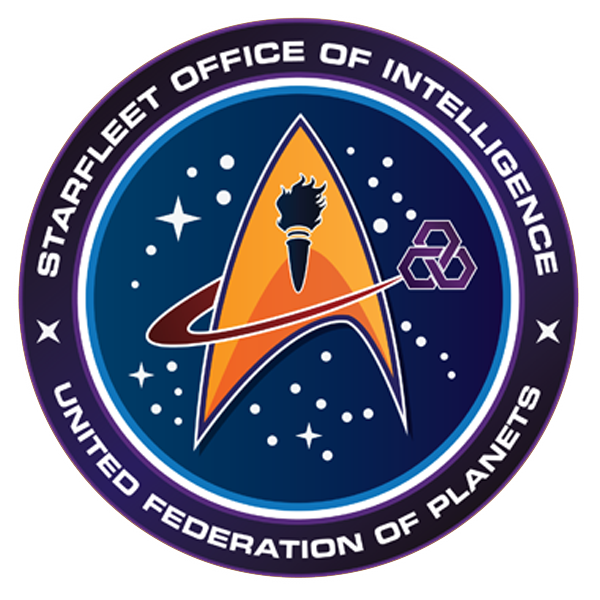User:Ceciri/SandBoxTwo
| Divisions and Personnel Assignments |
|---|
| COMMAND DIVISION | OPERATIONS DIVISION | SCIENCES DIVISION | MARINE CORPS | CIVILIAN CONTINGENT |
Written by Cypher Nine Table of Contents
|
| Mission Specialist | Helm/Com/Ops | Engineer | Science Officer | Medical Officer | Nurse |
| Intelligence Officer | Security Officer | Tactical Officer | Marine | Counselor | Civilian |
| Duty Posts |
|---|
0.0 Foreword
(This foreword is almost entirely OOC.)
Information control is a vital part of Intelligence, and can be seen in any large organization or paramilitary. In the Federation, with a heavily federalized structure, one is needed even more. This should not be construed as a reason to know a lot of planetary secrets or use them - your character most likely will be read into programs only as needed.. In this spirit, I'm offering up a guide for classification.
1.0 Information Security
Information security covers the practice of keeping information secret that could be harmful, the control of dissemination of restricted information, and controlling access and use. The primary method this document examines to achieve information security is security classifications. There are more methods (such as controlling physical access.)
1.1 Basic Classifications The classifications are as follows
- Unclassified - No restrictions on information release at all. This information is widely available to anyone who asks. (How a warp core works - the science level. I.E Warp Theory)
- Restricted - This information is generally available to a set of specified personnell - in many cases, restricted information is the physical implementation of a unclassified theory. (Example: Enlisted personnel in Starfleet have a Restricted clearance - they know the specifics of how the warp core works and is integrated into the systems.) However, it is not publically available. Most information generated by characters will be Restricted.
- Secret - Secret information is information that could harm the Federation if given out to enemies, used improperly or poses an risk to Federation civilians. This information is restricted to specific personnel - and typically, are read into the program. (Example: the physicals of how the Quantum Slipstream Drive integrates into Starfleet Deflectors. The history of how we acquired the QSD is also more than likely still classified as Secret by Starfleet Command. Essentially, any post 2380's technology Voyager produced would be rated Secret as how it works and where it was acquired.). There are several times where characters will generate Secret information - but think twice about applying this. Secret classification should be used sparingly. Any temporal incident not released by the DTI or obviously cannot be classified should be considered Secret
- Top Secret - Top Secret information is information that will harm the Federation's interests. Generally, Top Secret is subdivided into special access programs. A blank Top Secret clearance would let you know certain programs exist but wouldn't tell you anything about them. People are read into Top Secret programs only as required. Please ask your CO for permission to know Top Secret info.
- Most Secret - Most Secret information is information that will harm Federation if released, or if known, is an extant threat to the Federation. This information is given out very strictly on a need-to-know basis. (Examples: The Omega Protocol.). Only CO's would know this if they are told. You may be told as a need-to-know basis by your CO, but generally, even a high ranking Intel officer won't be read into a lot of Most Secret info
- Above Top Secret - Extremely highly classified information. PCs generally will simply have no knowledge with this. (Examples: Any activity with Section 31.) This may seem like beating a dead horse, but this is something that's known 'at the highest levels' of the Federation and nowhere else. Expect only 5 or so people knowing this.
